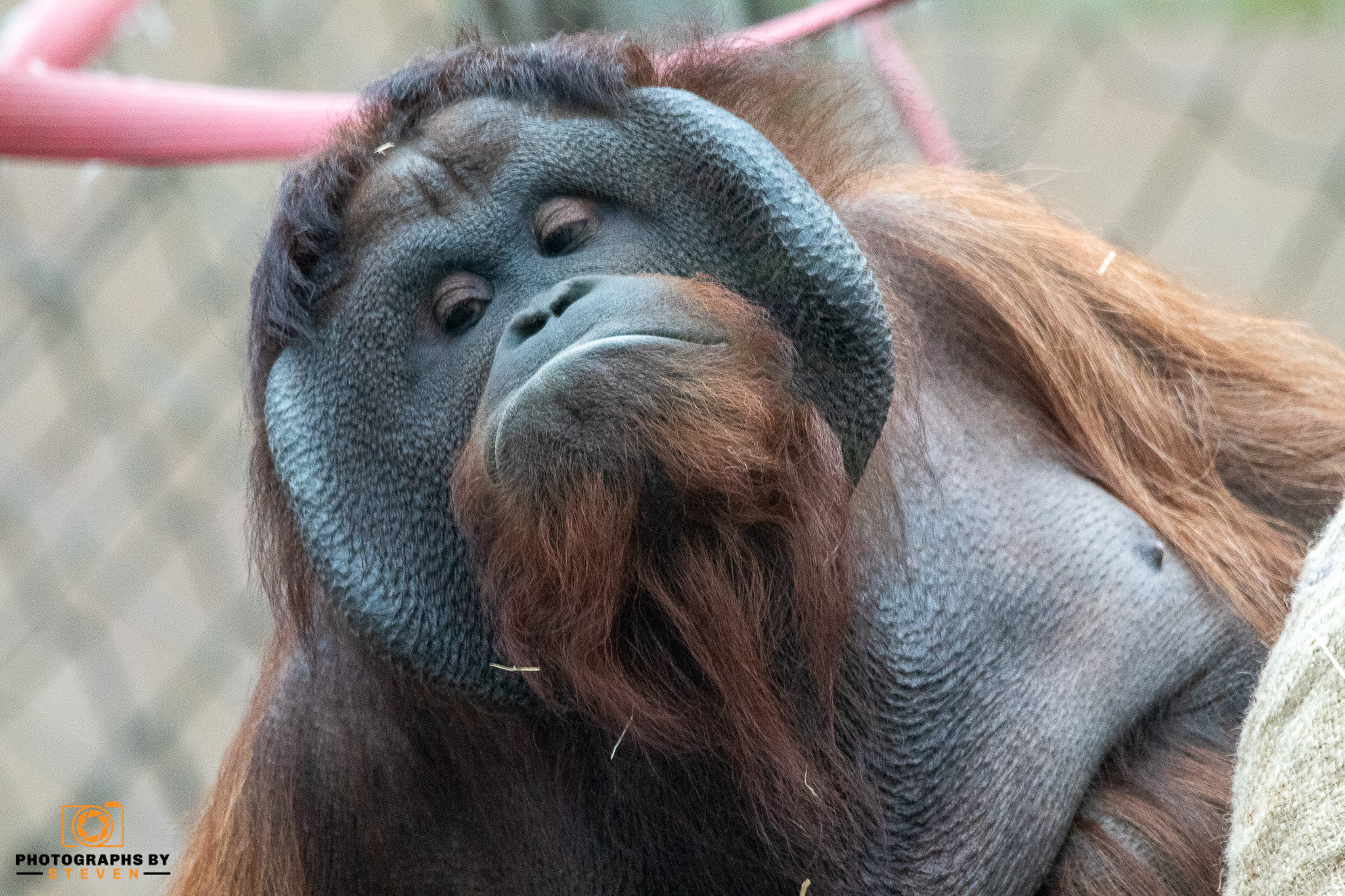Elephants are the largest mammals in the world that have very diverse bodies, ears, and long trunks. They use their trunks to pick up objects, greet other elephants, or fetch water to drink or bathe, among other benefits. Both male and female African elephants grow tusks and each has left or right tusks. They usually have smaller ones due to wear and tear.
Learn about elephants in detail in the upcoming blog:
Why do elephants have big ears?
Elephants are large animals, weighing between 5,000 and 13,000 pounds, so it takes a very long time to keep them cool. This is where large ears come into play.
Elephants have big ears because it’s one of the ways to cool themselves. You may have sometimes seen elephants beat their ears. But there is a reason behind it. When they do this, they use their ears as large fans, which helps them cool down in a variety of ways. It helps to stimulate blood circulation in the ear which in turn helps to cool the whole body.
Secondly, it helps to scare away flies and insects that are close to that part of the body.
Do you know: Not all elephants have the same ear size. Conservators and researchers use elephant ears as a means of identifying elephants. The dot, teardrop, and margin patterns are unique to each elephant and help differentiate them.
What do elephants do with their trunk?
What is an elephant's trunk?
The trunk of the elephant has an extended nose on the top of its upper lip. These have “fingers” at the end which helps them catch small objects. These fingers are very strong and straight, allowing the elephant to grab a small nut, break the shell and then eat the nut inside.
Because it has no supporting bones, the long up to 2-metre long trunk supports its weight on its own, along with the weight of everything it picks up, with 150,000 separate bundles of muscle fibers that make up its internal structure.
Food and drink - One of the most important functions of the elephant trunk is to feed and drink. The long trunk allows the elephant to plow the ground or trees to eat without moving its head. They can also suck and pour almost 14 litres of water into their mouths through this.
Scent - With a sense of smell up to four times more than a bloodhound, the elephant's central periscope trunk can be used to hunt for friends and family. Its length and flexibility also allow it to deeply define the direction of the odor.
Where do elephants live?
African elephants (Loxodonta africana) are found in the savannas of sub-Saharan Africa, the rainforests of Central and West Africa, and the Sahel desert of Mali. The African Wildlife Foundation estimates that there are about 415,000 African elephants in the wild.
African elephants are found in the northern desert regions of Africa. Asian elephants are found in southwest Asia. African and Asian elephants need food and water. '' The northern part of Africa is a vast desert. The northern part of Asia is too cold for elephants, while the western part of Asia is a huge desert. '' African savannah elephants live on savannah lawns, and Asian elephants live in forests where some grass is still available. Some African elephants live in a forest called forest animals. A small population of elephants lives in the deserts of Namibia and Mali.
In general, elephants live where they find the food, water, and climate they need.
How do elephants communicate?
Like all highly social mammals, elephants have a well-developed communication system that uses all their senses (hearing, smelling, seeing, and touching), including an extraordinary ability to detect vibration. There are different methods of showing how elephants communicate.
Acoustic communication looks at the sound of elephants making and hearing. Chemical communication explains how elephants use different secretions and their sharp sense of smell to communicate. Visual communication observes how elephants use poses and images and their sense of sight to communicate. Tactile communication describes how elephants use their sense of touch to communicate.
At one end of the spectrum, elephants communicate by rubbing their bodies against each other; at the other end, they can react by moving to the screams of other elephants, perhaps 10 miles away.
The fully searchable database The Elephant Ethogram says that African Elephant Behavior contains nearly 300 elephant sounds, fully described by spectrograms.
Can elephants jump?
Elephants have many admirable qualities: they have an excellent sense of smell, they rarely get cancer, and they have a complex social life. But perhaps it is not surprising, they cannot jump.
It is hard to say why, since scientists have not specifically studied why elephants can't jump. But this is probably due to the large weight of the animal, weak leg muscles, and inelastic ankle.
Moreover, they do not appear to be able to walk faster than 15 kilometers per hour (about 24 km / h) when running. It also has been noted that when adult elephants and babies run, they do not go airborne. That means they always have at least one foot on the ground.
However, it is probably best for elephants not to try to jump like kangaroos. Jumping can lead to crippling injuries.
Also, most animals jump to escape, an option that elephants do not require. For example, smaller, more athletic animals can use speed, flexibility, and jumping to avoid predators. But elephants do not need to jump, as "being big is a defense in itself for them”.








Leave me a comment
Thank you for reading my post, if you want to leave a comment, you can do so below.